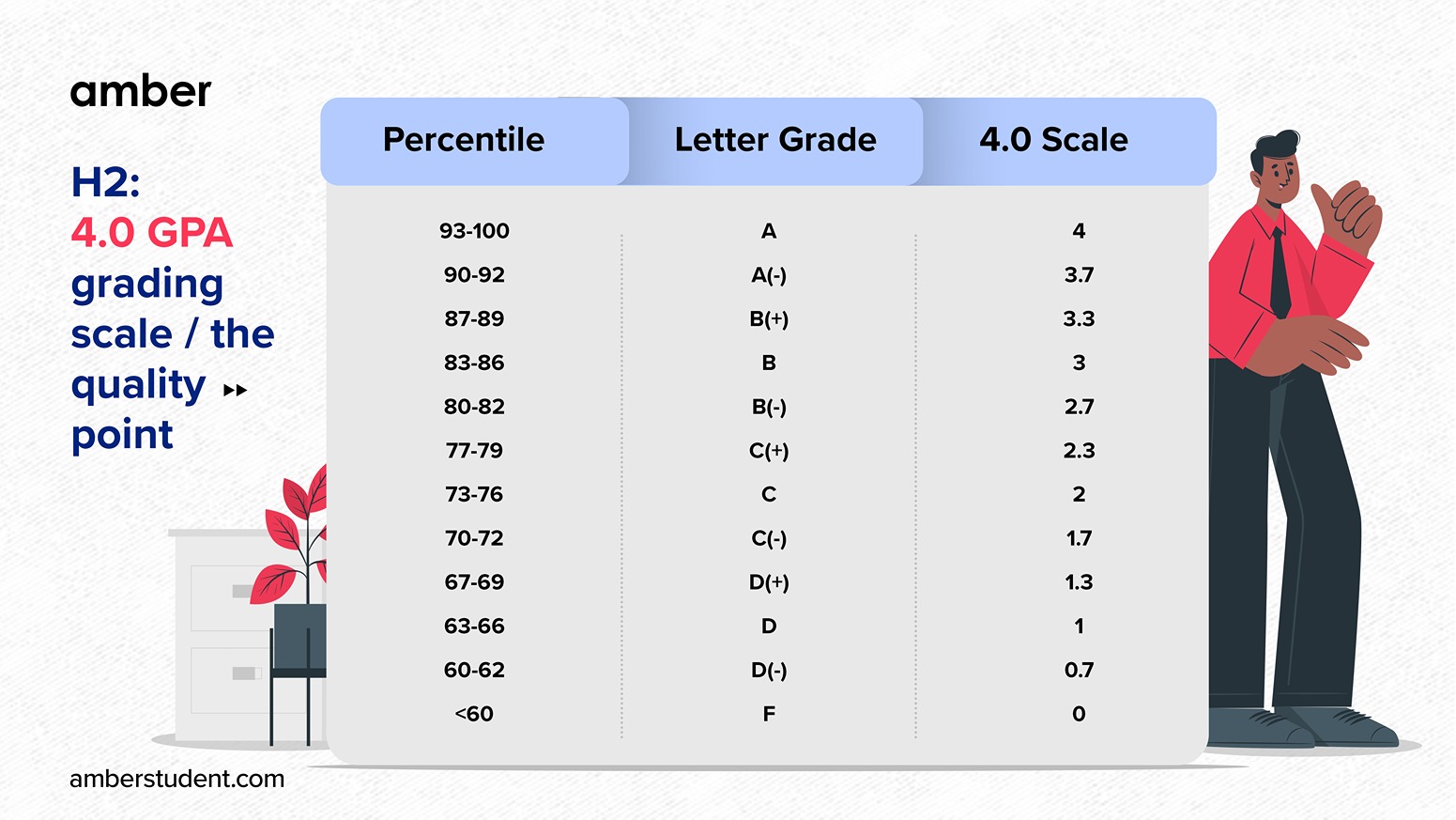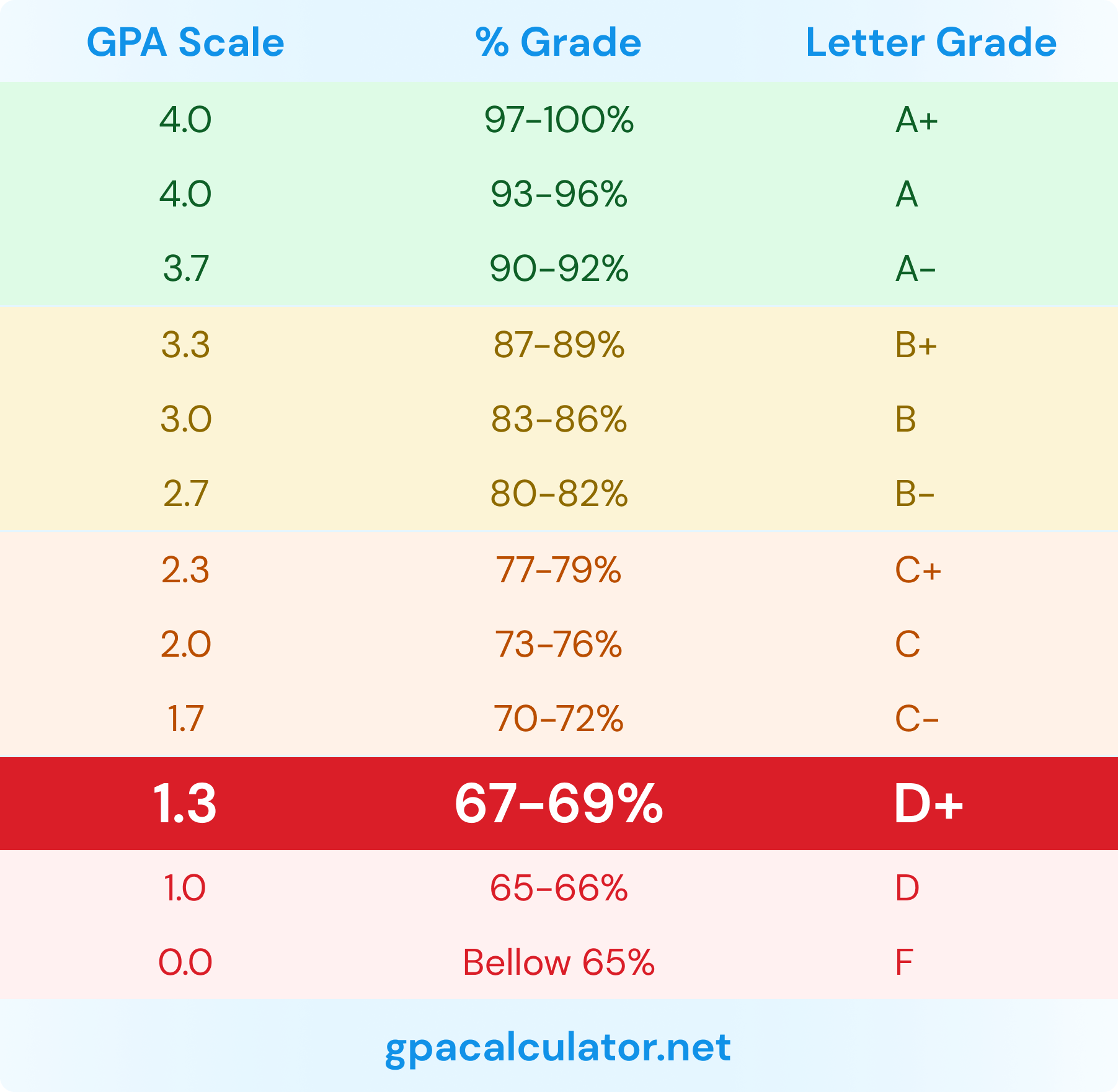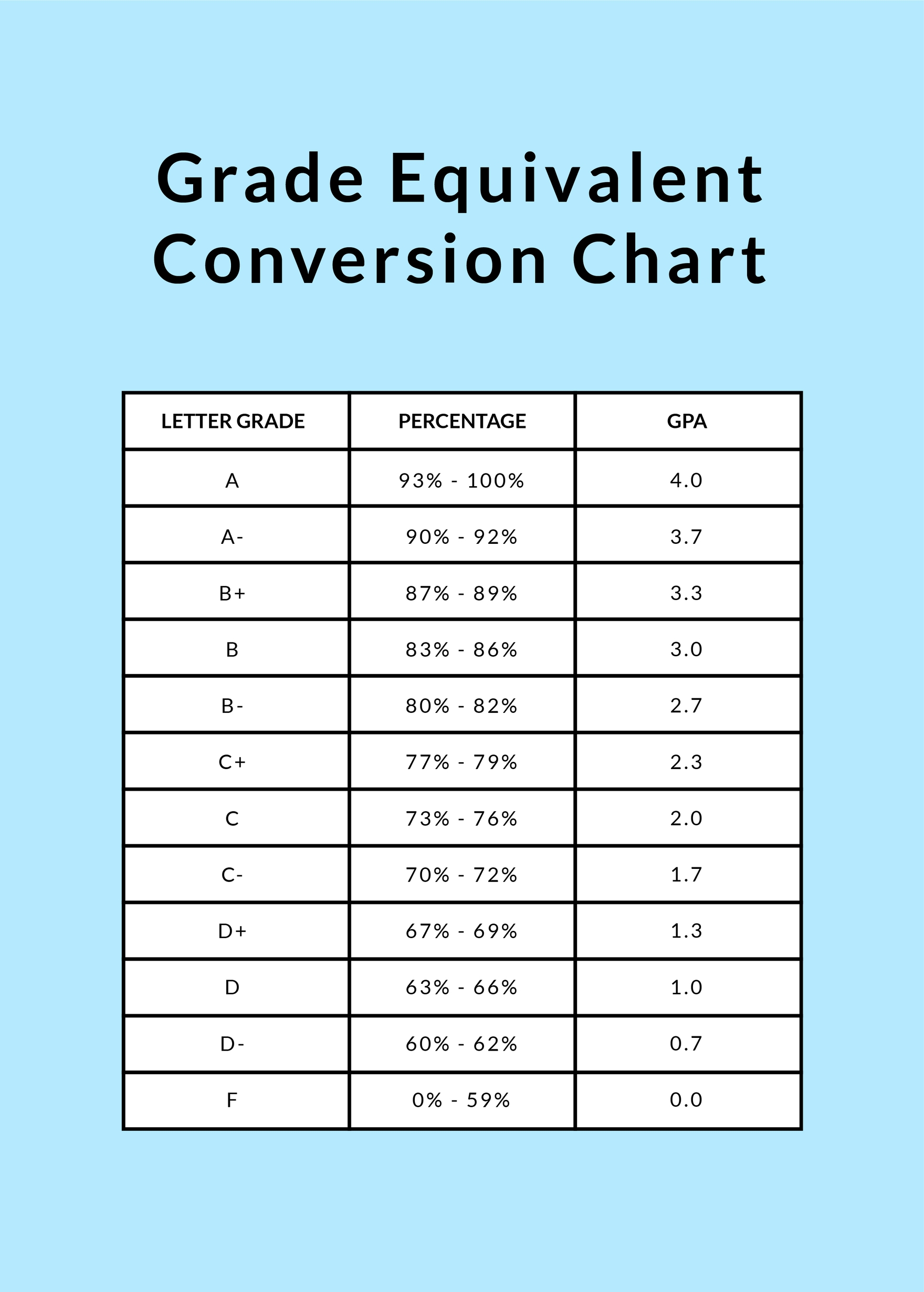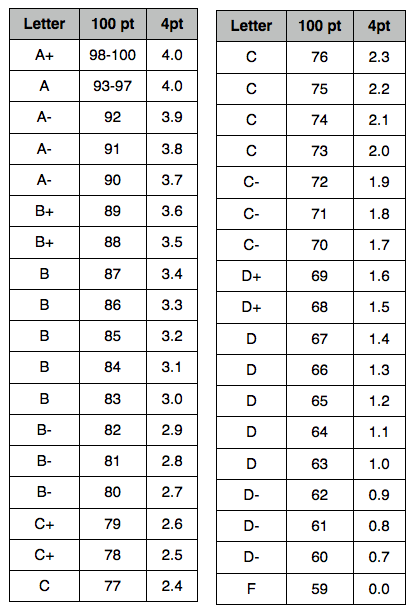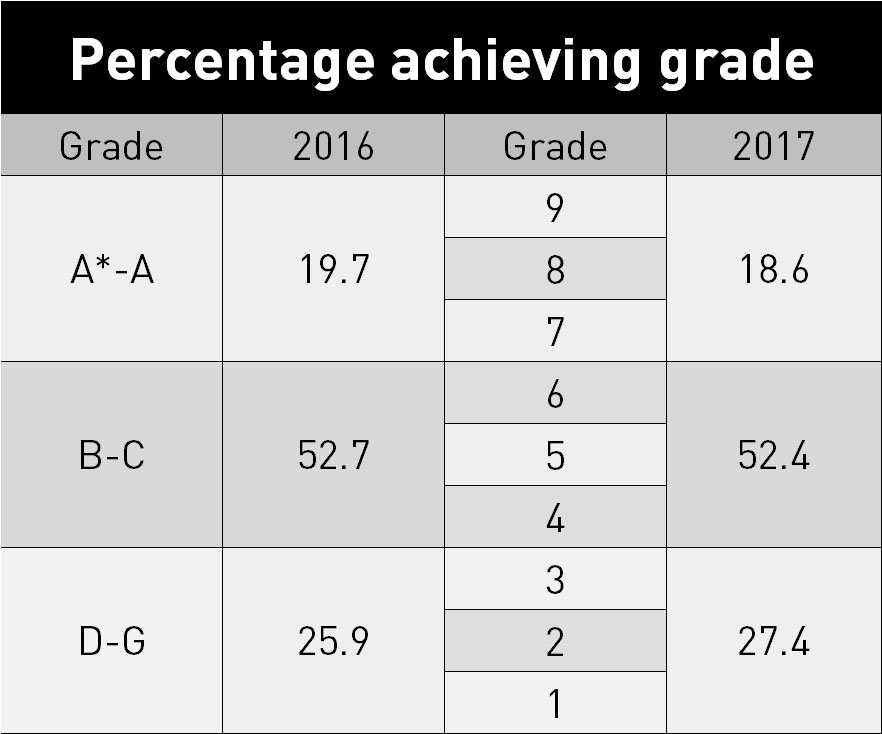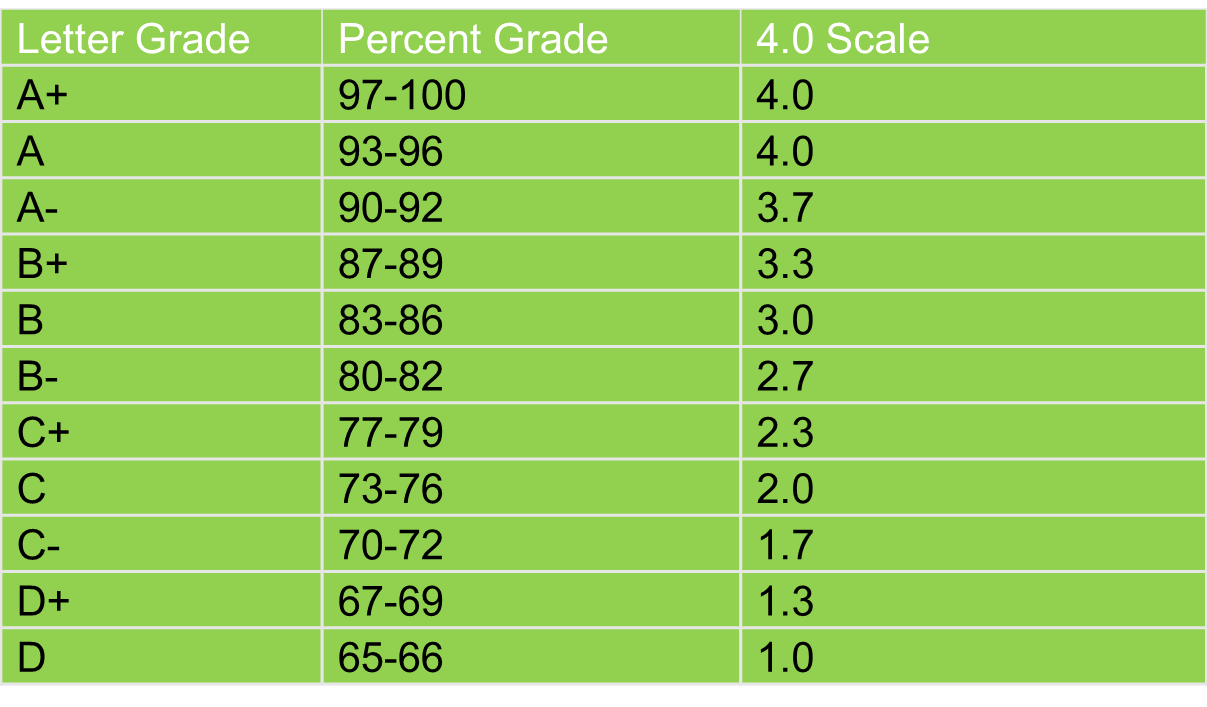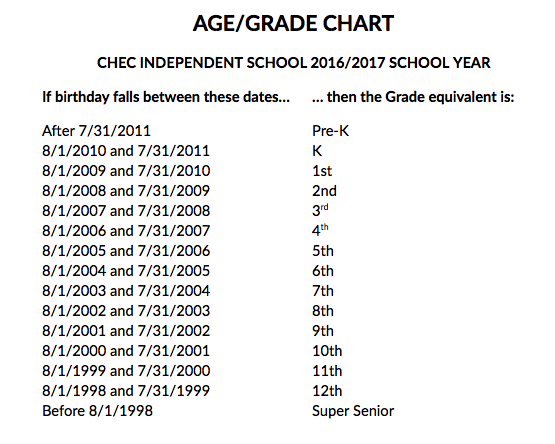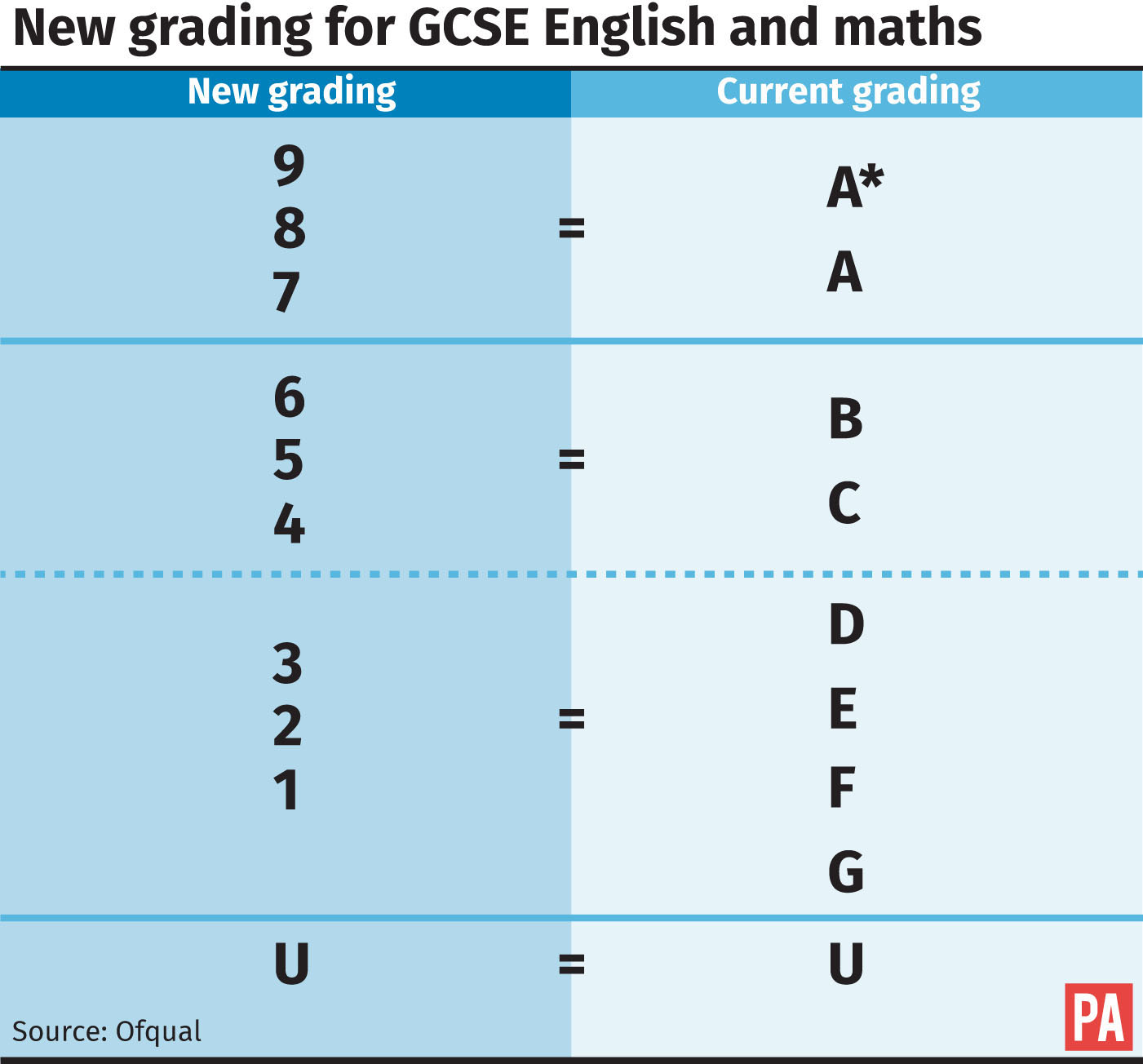What Is A 16 Out Of 20 As A Grade

The cryptic question, "What is a 16 out of 20 as a grade?" triggers anxiety in students and confusion among parents. This seemingly simple fraction sparks a flurry of calculations and often, a frantic search for online grade conversion tools. Understanding its true meaning requires navigating the diverse and sometimes inconsistent world of grading systems.
At its core, a 16/20 represents a ratio of earned points to possible points in an assessment. The equivalent percentage, 80%, often translates into a letter grade. However, the definitive letter grade hinges on the specific grading scale adopted by the institution, instructor, or even the country in question. This article delves into the various interpretations of 16/20, examining its implications across different grading systems and providing a comprehensive understanding of its true value in academic terms.
Percentage Conversion and Basic Interpretations
Calculating the percentage equivalent of 16/20 is straightforward: (16 / 20) * 100 = 80%. This establishes a baseline for understanding the score. An 80% generally signifies a solid grasp of the material.
In many North American high schools and universities, an 80% typically falls within the B range. This indicates above-average performance. However, the exact letter grade can fluctuate based on the school's specific policies.
The North American Grading System: A Closer Look
The North American grading system generally follows a A-F scale. A signifies excellent work, while F denotes failure. The ranges within this scale can vary slightly between institutions.
While an 80% commonly equates to a B- or B, some institutions might have a slightly higher threshold for a B+. Context, such as the course difficulty and the overall class performance, also plays a role.
According to data from numerous university websites and high school handbooks, an 80% aligns with the following common grade breakdowns: A = 90-100%, B = 80-89%, C = 70-79%, D = 60-69%, F = Below 60%. Therefore, 16/20 firmly sits within the B range.
The ECTS Grading Scale: A European Perspective
The European Credit Transfer and Accumulation System (ECTS) employs a different grading scale. It focuses on relative performance within a cohort. ECTS grades range from A to E, with A representing the top 10% of students.
Unlike the direct percentage correlation in North America, ECTS grades are assigned based on statistical distribution. An 80% equivalent might translate to a B or even a C depending on the overall performance of the student body.
Understanding the ECTS requires considering the class average. If the average score is higher, even a strong 80% might not secure a top grade.
International Variations: Beyond North America and Europe
Grading systems vary significantly across the globe. In some countries, a 16/20 could be considered a very good grade.
For example, some institutions in Europe use a grading scale where 20 is the highest possible score. A 16 in such a system is often seen as commendable. The specific interpretation depends on the country's educational norms and practices.
It's crucial to consult the specific grading rubric or the institution's academic regulations to determine the exact letter grade equivalent in a particular context.
The Impact of Course Difficulty and Grade Inflation
Course difficulty significantly influences the perception of a grade. An 80% in an advanced placement (AP) course often carries more weight than an 80% in a standard-level course.
Grade inflation, the tendency for grades to rise over time, also affects the interpretation of a 16/20. In highly competitive environments, an 80% might be seen as average or even below average.
Professors sometimes adjust grading scales to account for particularly challenging exams or assignments. This could make an 80% more valuable than it initially appears.
Beyond the Letter Grade: Implications for Future Opportunities
While the letter grade equivalent of 16/20 is important, it's not the only factor determining a student's academic success. Factors like course selection, extracurricular activities, and standardized test scores also play a role.
An 80% demonstrates competence and a good understanding of the course material. Consistent performance at this level can open doors to various opportunities.
Students should focus on continuous improvement and seek feedback from instructors to maximize their learning potential. Focusing solely on achieving a specific letter grade can sometimes detract from the overall learning experience.
Conclusion: A Nuanced Perspective
Ultimately, the question of what a 16 out of 20 "really is" as a grade has no single, universally applicable answer. An 80% serves as a foundation. The equivalent letter grade depends heavily on the context, institution, and grading system in use.
Students and parents should consult official grading rubrics and academic regulations for accurate interpretations. Understanding the nuances of grading systems empowers individuals to make informed decisions about their academic paths.
Looking forward, increased transparency and standardization of grading systems across institutions would benefit students and educators alike. A clearer understanding of grade equivalencies can foster greater fairness and promote a more consistent evaluation of academic performance worldwide.



